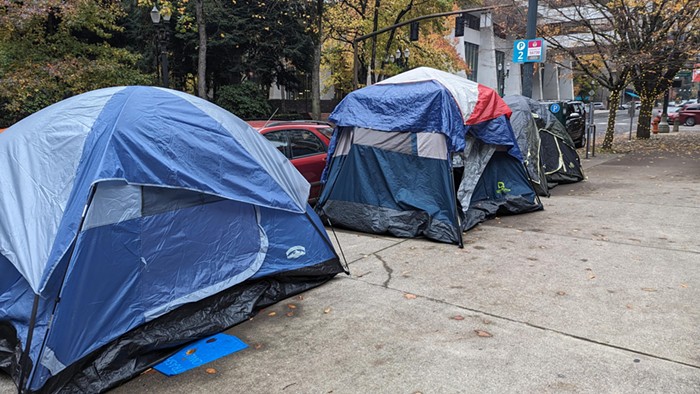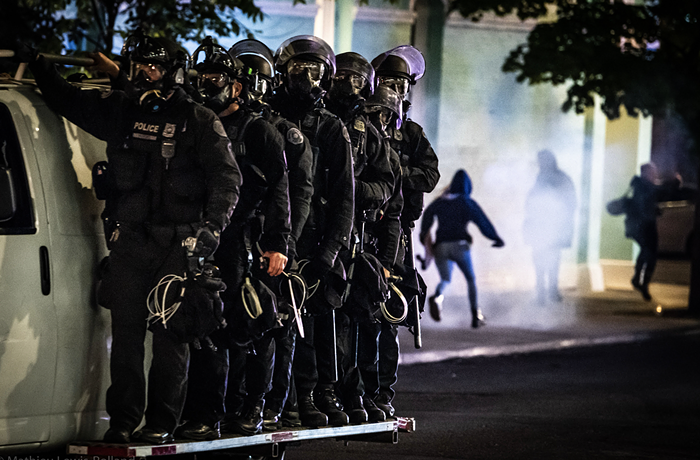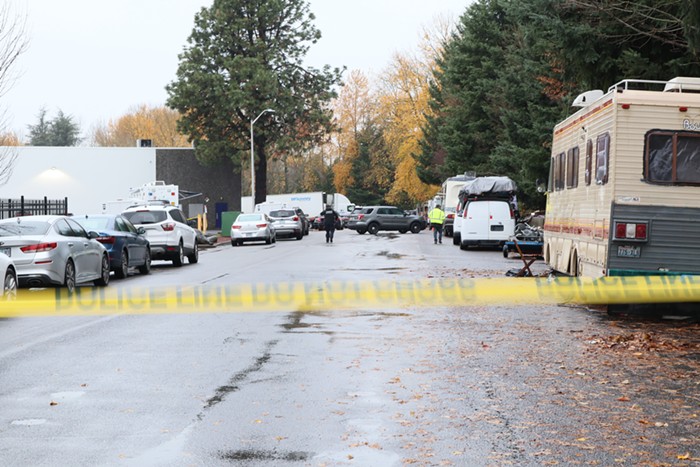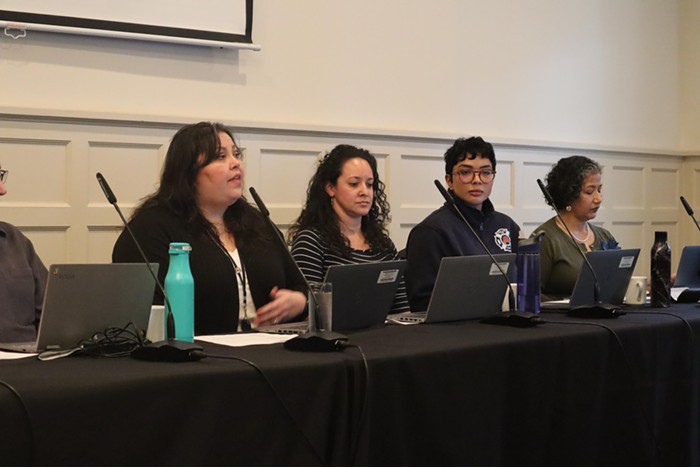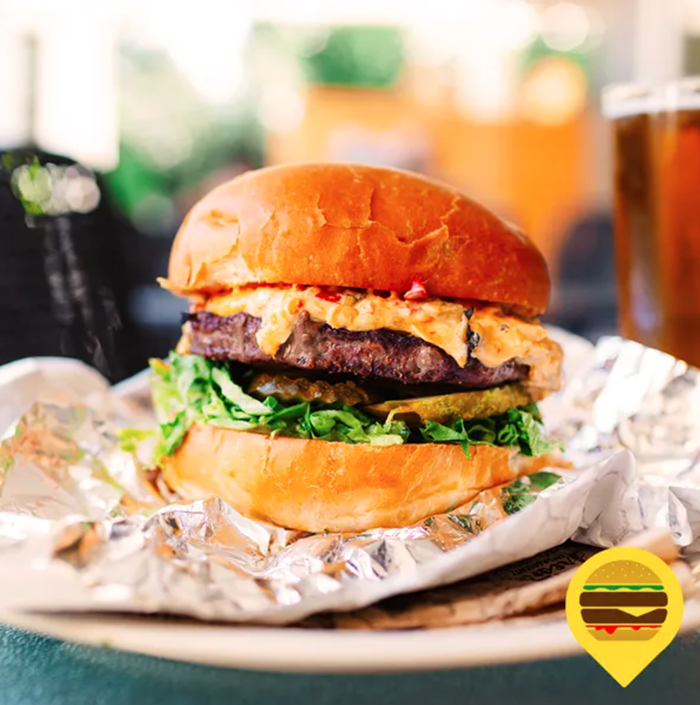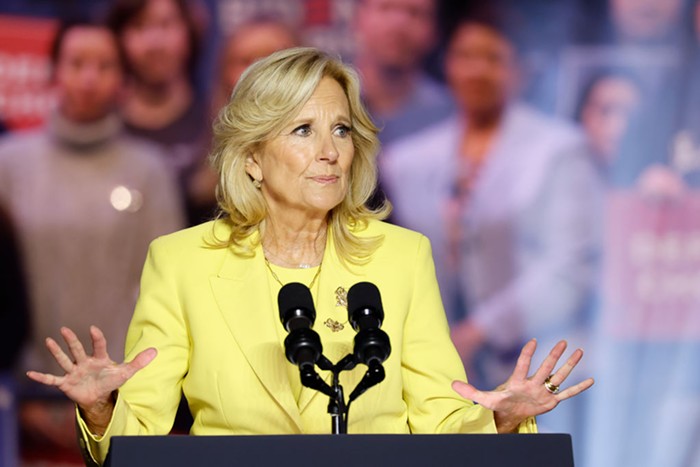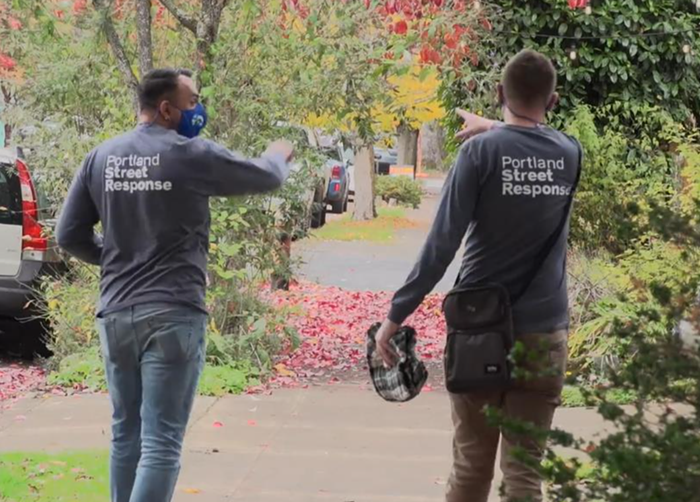The ranchers, businessmen and farmers across this deep-red state who knew, just knew that Americans would never re-elect a liberal tax-and-spender president have grudgingly accepted the reality that voters did just that. But since the election, a blanket of baffled worry has descended on conservatives here like early snow across the plains, deepening a sense that traditional, rural and overwhelmingly white states in the center of the country are losing touch with an increasingly diverse and urban American electorate. “It’s a fundamental shift,” said Khale Lenhart, 27, a lawyer here. “It’s a mind-set change—that government is here to take care of me.” ... Bradley Harrington, who publishes a year-old conservative newspaper called Liberty’s Torch and is the host of a radio talk show in Cheyenne, said the election vindicated conservative politicians and commentators who talked about the 47 percent of Americans who pay no income tax, about makers and takers. “The parasites now outnumber the producers,” Mr. Harrington said. “That’s why Romney lost, and I think it’s going to get worse.”
Rural and overwhelmingly white states like Wyoming get more in federal money than they pay in taxes. Mother Jones:
A look at 2010 Census and IRS data reveals that the 50 states and the District of Columbia, on average, received $1.29 in federal spending for every federal tax dollar they paid. That means that some states are getting a lot more than they put in, and vice versa. The states that contributed more in taxes than they got back in spending were more likely to have voted for Obama in 2008 and were more likely to be largely urban.... Red states were more likely to get a bigger cut of federal spending. Of the 22 states that went to McCain in 2008, 86 percent received more federal spending than they paid in taxes in 2010. In contrast, 55 percent of the states that went to Obama received more federal spending than they paid in taxes. Republican states, on average, received $1.46 in federal spending for every tax dollar paid; Democratic states, on average, received $1.16. This red-blue split may be partly explained by the difference between urban and rural states. Red states are more likely to be rural, and rural states were more likely to receive more federal spending than they paid in taxes in 2010. Among predominantly rural states, 81 percent received more federal spending than they paid in taxes. In contrast, 44 percent of urban states received more federal spending than they paid in taxes. Rural states, on average, received $1.40 in federal spending for every tax dollar paid; urban states, on average, received $1.10.
And the radio talk show hosts in Wyoming—which receives are $1.16 in federal spending for every $1 paid—have the nerve to point at blue states and complain about parasites and moochers?

